Posts Tagged Native Plants
Drought-Defying Beauty: Landscaping for a Water-Wise California Summer
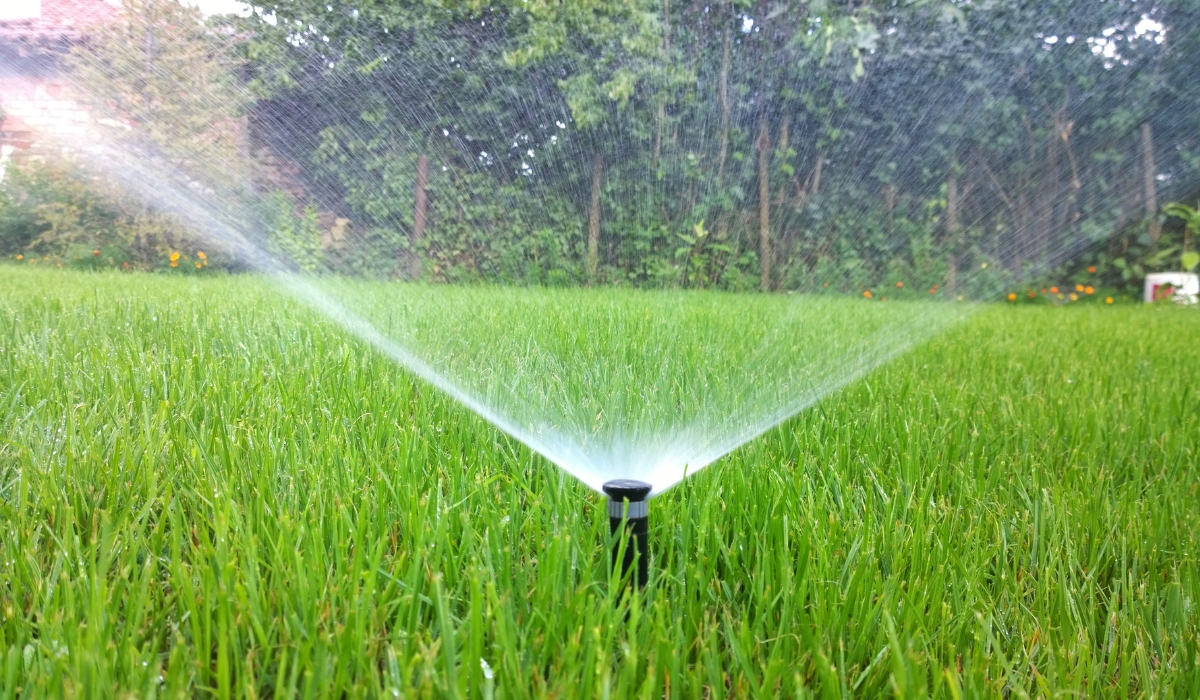
California summers are synonymous with sunshine, but also with the critical need for water conservation. At DK Landscaping, we believe that a beautiful garden and water efficiency don’t have to be mutually exclusive. In fact, by embracing smart design principles and the right plant choices, you can create a stunning, drought-defying landscape that flourishes through the dry season, all while being a responsible steward of our precious resources.
Design with Water in Mind: Principles for Efficiency
The foundation of a water-wise landscape starts with thoughtful design.
- Hydrozoning: Group plants with similar water needs together. This allows you to irrigate more efficiently, providing just the right amount of water to each zone without over- or under-watering.
- Reduce Lawn Area: Traditional lawns are notorious water guzzlers. Consider replacing thirsty turf with drought-tolerant groundcovers, permeable paving, or inviting hardscaping. Even a smaller, strategically placed lawn can significantly reduce water consumption.
- Improve Soil Health: Incorporate plenty of organic matter like compost into your soil. Healthy soil retains water more effectively, reducing runoff and making more moisture available to plant roots.
- Capture Rainwater: Explore options like rain barrels to collect rainwater from your roof for later use in your garden. This free water is perfect for supplemental irrigation during dry spells.
Plant Power: Thriving Through the Dry Season
The secret to a vibrant, water-wise garden lies in plant selection. California offers an incredible array of native and Mediterranean-climate plants that are naturally adapted to dry conditions.
- California Natives: Embrace the beauty of plants like Ceanothus (California Lilac), Manzanita, and various Sages (Salvia). They are perfectly suited to our climate, require minimal water once established, and provide habitat for local wildlife.
- Drought-Tolerant Exotics: Many plants from similar climates around the world, such as lavender, rosemary, succulents, and certain ornamental grasses, also thrive with very little water.
- Smart Plant Pairings: Combine plants with complementary textures and forms. Pair the bold shapes of agave with the delicate wisps of fountain grass, or the silvery foliage of ‘White Sage’ with the vibrant purple of ‘Victoria Blue’ Salvia for striking visual appeal.
Hardscaping with Purpose: Beauty and Function
Hardscaping plays a pivotal role in a water-wise landscape, reducing the need for thirsty plants while adding structure and beauty.
- Permeable Paving: Choose materials like decomposed granite, permeable pavers, or gravel for patios and pathways. These allow rainwater to filter into the ground rather than running off, replenishing groundwater.
- Attractive Patios & Decks: Create inviting outdoor living spaces that are naturally low-water. Furnish them with comfortable seating and drought-tolerant container plants for pops of color.
- Dry Stream Beds & Rock Gardens: These features can manage rainwater runoff effectively while adding an artistic, natural aesthetic to your garden, especially when combined with drought-tolerant plantings.
By integrating these design principles, making wise plant choices, and utilizing smart hardscaping, you can cultivate a landscape that not only withstands the dry California summer but thrives with captivating beauty and significantly reduced water consumption. Let DK Landscaping guide you in creating your own drought-defying oasis.
Drought-Tolerant Landscaping: Creating a Thriving Oasis in California’s Summer Sun
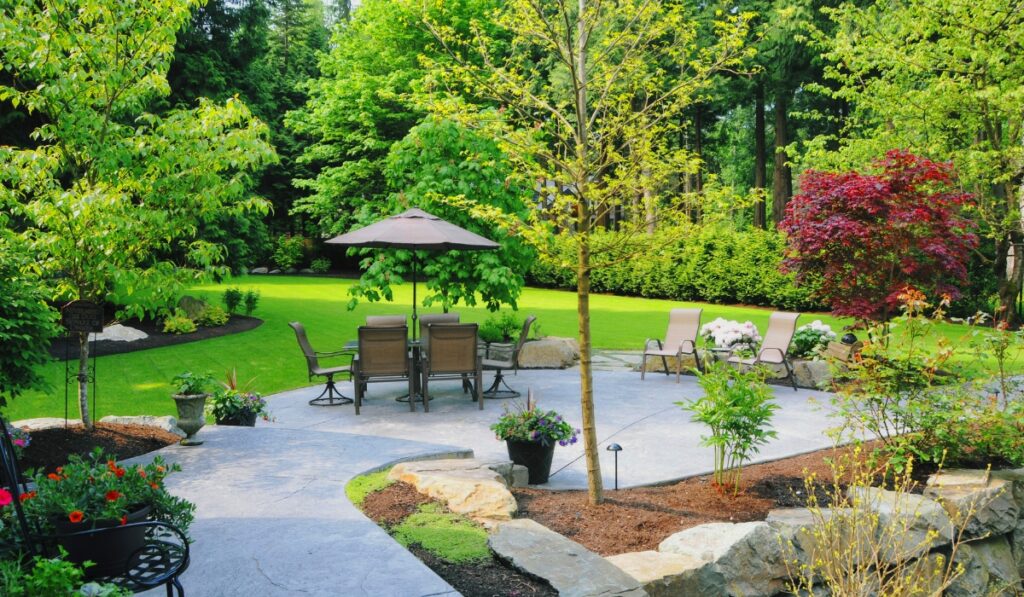
California’s summers are renowned for their sunshine, warmth, and unfortunately, their dryness. As water conservation becomes increasingly crucial, it’s time to rethink our landscaping choices and embrace the beauty of drought-tolerant designs. At DK Landscaping, we specialize in creating stunning, sustainable landscapes that flourish even in the harshest conditions.
The Importance of Water Conservation
With California facing ongoing drought conditions, responsible water use is paramount. Traditional lawns and water-hungry plants strain our precious resources and can lead to hefty water bills. By transitioning to drought-tolerant landscaping, we can significantly reduce our water consumption, create more sustainable environments, and still enjoy beautiful outdoor spaces.
Embracing the Beauty of Drought-Tolerant Plants
Drought-tolerant landscaping doesn’t mean sacrificing beauty or vibrancy. Many stunning plants thrive in arid conditions, offering a diverse palette of colors, textures, and forms. These plants have adapted to survive with minimal water, often boasting features like succulent leaves, deep roots, or silvery foliage that reflects sunlight.
Some popular drought-tolerant plants for California landscapes include:
- Succulents: Echeveria, Agave, Aloe
- Native Plants: California Poppy, Ceanothus, Manzanita
- Ornamental Grasses: Purple Fountain Grass, Blue Fescue, Feather Reed Grass
- Drought-Tolerant Shrubs: Lantana, Lavender, Rosemary
Designing Your Drought-Tolerant Landscape
Creating a successful drought-tolerant landscape involves careful planning and consideration of several factors:
- Soil: Improve soil drainage and water retention by adding organic matter like compost.
- Sun Exposure: Choose plants that are well-suited to your yard’s specific sun and shade conditions.
- Hydrozoning: Group plants with similar water needs together to optimize irrigation efficiency.
- Mulching: Apply a layer of mulch to conserve moisture, suppress weeds, and regulate soil temperature.
- Irrigation: Install a water-efficient irrigation system, such as drip irrigation, to deliver water directly to plant roots.
Beyond Plants: Creative Landscaping Ideas
Drought-tolerant landscaping goes beyond plant selection. Consider incorporating these elements into your design:
- Hardscaping: Use pavers, gravel, or decomposed granite to create patios, walkways, and other non-plant areas.
- Dry Creek Beds: Mimic natural drainage channels with decorative rock and gravel beds.
- Rain Gardens: Capture and filter rainwater runoff with strategically placed depressions filled with native plants.
- Water Features: Add a touch of tranquility with a small fountain or recirculating water feature.
DK Landscaping: Your Partner in Sustainable Design
At DK Landscaping, we are passionate about creating beautiful, water-wise landscapes that thrive in California’s climate. Our team of experts can guide you through every step of the process, from plant selection and design to installation and maintenance.
Let us help you transform your outdoor space into a sustainable oasis that conserves water, supports local ecosystems, and brings you joy for years to come. Contact us today for a free consultation!
Remember, drought-tolerant landscaping is an investment in the future of our environment and your outdoor living experience. Let’s work together to create a more sustainable and beautiful California.
Fire-Safe Landscaping: Protecting Your California Home and Property
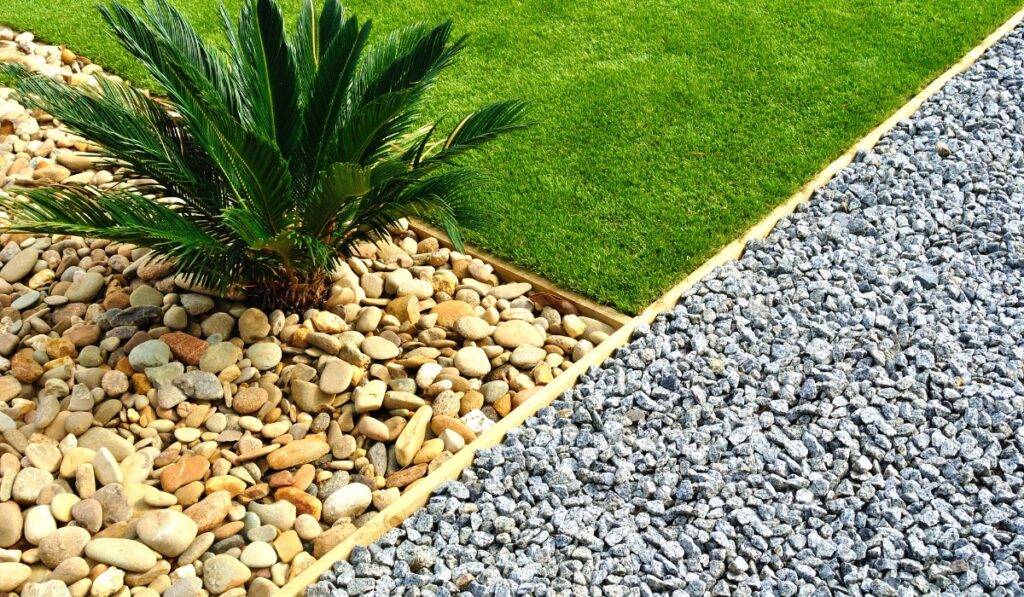
Wildfires are an unfortunate reality for many Californians, particularly during the dry summer and fall months. While we can’t completely eliminate the risk, we can take proactive steps to protect our homes and properties through fire-safe landscaping. DK Landscaping is committed to helping you create a beautiful and resilient landscape that minimizes fire hazards.
Understanding Defensible Space
The concept of defensible space is crucial in fire-prone areas. It involves creating zones around your home where vegetation is managed to reduce the intensity and spread of fire. This gives firefighters a better chance to defend your property and potentially stop the fire’s advance.
Generally, there are three zones to consider:
- Zone 0 (0-5 feet from the home): This zone should be kept clear of all flammable materials, including plants, mulch, and debris. Hardscaping like gravel, concrete, or pavers is ideal here.
- Zone 1 (5-30 feet from the home): In this zone, focus on low-growing, fire-resistant plants with adequate spacing between them. Avoid highly flammable plants and keep trees pruned to reduce fuel ladders.
- Zone 2 (30-100 feet from the home): While less critical, this zone should still be managed to reduce fire intensity. Maintain healthy trees and shrubs, remove dead vegetation, and create fuel breaks if possible.
Fire-Resistant Plant Selection
Choosing the right plants is essential for fire-safe landscaping. Look for plants with the following characteristics:
- Low flammability: Select plants with high moisture content, low sap or resin production, and minimal deadwood accumulation.
- Drought tolerance: Plants that require less water are less likely to become dry and flammable during the hot summer months.
- Native species: Native plants are often well-adapted to the local climate and less prone to fire hazards.
Some examples of fire-resistant plants for California include:
- Trees: Coast Live Oak, California Sycamore, Western Redbud
- Shrubs: Toyon, Coffeeberry, Manzanita
- Groundcovers: Ice Plant, Lantana, Creeping Thyme
Maintenance Tips for Fire Safety
Regular maintenance is vital to keep your landscape fire-safe. Here are some essential tips:
- Irrigation: Water deeply and less frequently to encourage deep root growth and drought tolerance. Avoid overwatering, which can lead to lush growth and increased fire risk.
- Pruning: Regularly prune trees and shrubs to remove dead or diseased branches and maintain adequate spacing.
- Cleanup: Remove fallen leaves, branches, and other debris from your yard regularly.
- Mulch: Use fire-resistant mulch like gravel or decomposed granite, especially near your home.
Additional Fire Safety Considerations
- Roof and gutters: Keep your roof and gutters clean and free of debris. Embers can easily ignite dry leaves and pine needles.
- Vents: Cover vents with fine mesh screens to prevent embers from entering your home.
- Firewood: Store firewood at least 30 feet away from your home and other structures.
DK Landscaping Can Help
Creating a fire-safe landscape requires careful planning and execution. DK Landscaping has the expertise and experience to help you design and maintain a beautiful, resilient landscape that protects your home and property from wildfires.
Contact us today for a free consultation and let us help you create a fire-safe oasis.
Remember, fire safety is an ongoing process. By implementing these tips and partnering with DK Landscaping, you can significantly reduce the risk of wildfire damage and enjoy peace of mind year-round.
Creating a Pollinator Paradise: Plants That Attract Bees and Butterflies in Rohnert Park, California
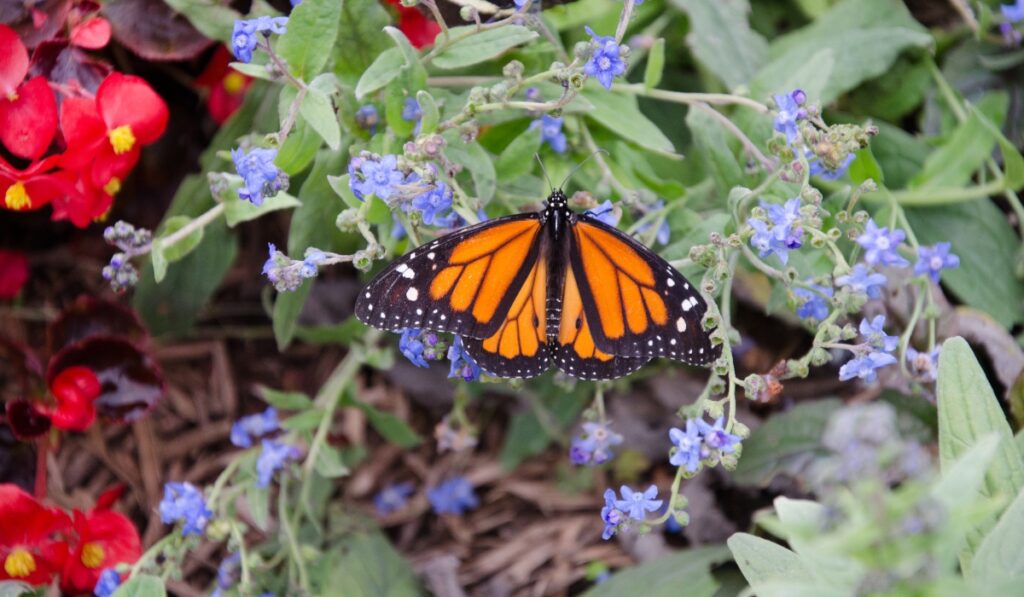
Transforming your garden into a haven for pollinators not only contributes to the local ecosystem’s health but also brings life and beauty to your yard. For residents of Rohnert Park, California, fostering a landscape that invites bees and butterflies is both a rewarding endeavor and a step toward sustainability. Here’s how you can create your own pollinator paradise with plants ideally suited for our climate and region.
Why Focus on Pollinators?
Pollinators like bees and butterflies are essential to the propagation of many plants and crops. By attracting these beneficial insects, you’re helping to support biodiversity, which is crucial for ecological balance. Plus, watching these creatures flit from flower to flower adds an element of dynamic beauty to your garden.
Choosing the Right Plants
Selecting native plants that thrive in the Rohnert Park area ensures lower maintenance, better survival rates, and a natural appeal to local pollinators. Here are some top choices to consider:
1. California Poppy (Eschscholzia californica) – This state flower is not only vibrant and drought-tolerant but also a favorite among bees. Its golden blooms add a splash of color to any garden from early spring through fall.
2. Lavender (Lavandula) – With its soothing fragrance and lovely purple spikes, lavender is irresistible to bees and butterflies. It’s also drought-resistant, making it ideal for California gardens.
3. Sage (Salvia) – There are several native sages to choose from, like Cleveland sage (Salvia clevelandii), which is highly aromatic and attracts a variety of bees and hummingbirds.
4. Manzanita (Arctostaphylos) – Early blooming manzanita provides nectar and pollen during late winter and early spring, a crucial time for many pollinators.
5. Milkweed (Asclepias spp.) – As the breeding ground for monarch butterflies, milkweed is essential for their lifecycle. It’s a must-have for any butterfly garden.
6. Sunflower (Helianthus annuus) – Bees love sunflowers, and their large, bold faces are a cheerful addition to any setting.
7. Penstemon – With their tubular flowers, penstemons are particularly attractive to hummingbirds and butterflies.
Design Tips for Pollinator Gardens
- Group Similar Plants Together: Clusters of the same plant species are more likely to attract pollinators than single plants scattered throughout the landscape.
- Provide a Water Source: A simple birdbath or even a shallow dish with rocks and water can provide pollinators with the hydration they need.
- Avoid Pesticides: Chemicals can harm the very creatures you’re trying to attract. Opt for organic pest control methods to keep your garden safe for pollinators.
- Incorporate Year-Round Blooms: Choose a variety of plants that bloom at different times throughout the year to provide a constant food source for bees and butterflies.
The Bigger Picture
By creating a pollinator-friendly garden, you’re contributing to the preservation of local wildlife and promoting ecological diversity. The beauty of such a garden is that it’s not only a sanctuary for pollinators but also a tranquil retreat for you and your family.
At DK Landscaping, we are committed to helping Rohnert Park residents create beautiful, sustainable landscapes. Contact us today to learn more about planting a pollinator paradise in your backyard, and let’s make a positive impact together!
Saving Water, Beautifying Spaces: Water-Efficient Landscaping Techniques
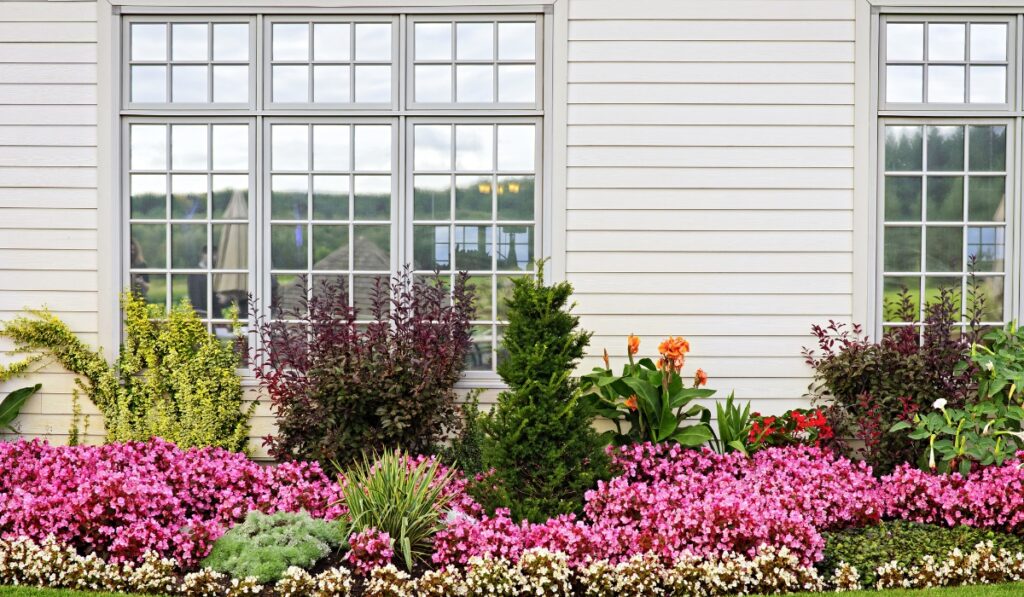
Welcome to the DK Landscaping blog, where we blend beauty with sustainability. In today’s post, we’re diving into the heart of water-efficient landscaping techniques that not only save precious water resources but also transform your outdoor spaces into stunning eco-friendly havens.
Embracing the Basics of Water Efficiency
Understanding Your Landscape’s Needs
Before we start, it’s crucial to understand the unique needs of your landscape. This means assessing soil type, sunlight, and the local climate. By understanding these elements, you can make informed choices that naturally reduce water usage.
The Role of Native Plants
Native plants are the cornerstone of water-efficient landscaping. They’re adapted to the local environment, requiring less water than non-native species. We’ll explore how to select and incorporate these into your design for a resilient and vibrant garden.
Innovative Irrigation Techniques
Drip Irrigation: A Closer Look
Drip irrigation is a game-changer for water efficiency. By delivering water directly to the roots of plants, it minimizes waste and maximizes growth. We’ll guide you through setting up a system that suits your landscape’s specific needs.
Timing is Everything: Smart Irrigation Controllers
Learn how integrating smart irrigation controllers can automate and optimize your watering schedule based on real-time weather conditions, saving water and boosting plant health.
Mulching and Soil Management
The Magic of Mulch
Mulch isn’t just for looks. It plays a pivotal role in retaining soil moisture, regulating temperature, and suppressing weeds. Discover the best types of mulch for your garden and how to apply them effectively.
Soil Amendment Strategies
Healthy soil equals healthy plants. We’ll share tips on improving soil structure and fertility, ensuring your garden thrives while reducing the need for supplemental watering.
Designing with Water Efficiency in Mind
Zoning Your Garden for Water Efficiency
Creating zones in your garden based on water needs can significantly reduce waste. We’ll help you design a layout that groups plants with similar watering requirements together, making your landscape both beautiful and water-wise.
The Beauty of Xeriscaping
Xeriscaping doesn’t mean sacrificing color or variety. Learn how to design a stunning, low-water landscape using drought-tolerant plants and creative design principles.
Beyond the Garden: Rainwater Harvesting
Catching Every Drop: The Basics of Rainwater Harvesting
Rainwater harvesting systems can supplement your water supply beautifully. From simple rain barrels to more sophisticated systems, we’ll show you how to capture and use rainwater effectively in your garden.
The Impact of Water-Efficient Landscaping
Environmental and Economic Benefits
Adopting water-efficient landscaping techniques isn’t just good for the planet—it can also reduce your water bill. We’ll discuss the broader benefits of making these changes, from supporting local ecosystems to contributing to global water conservation efforts.
At DK Landscaping, we believe in creating beautiful, sustainable landscapes that stand the test of time. We hope this guide inspires you to adopt water-efficient practices that make a difference in your garden and the world. Stay tuned for more tips and insights on eco-friendly landscaping. Contact us today if you need help with your landscaping!
Water-Saving Tips for Your Garden
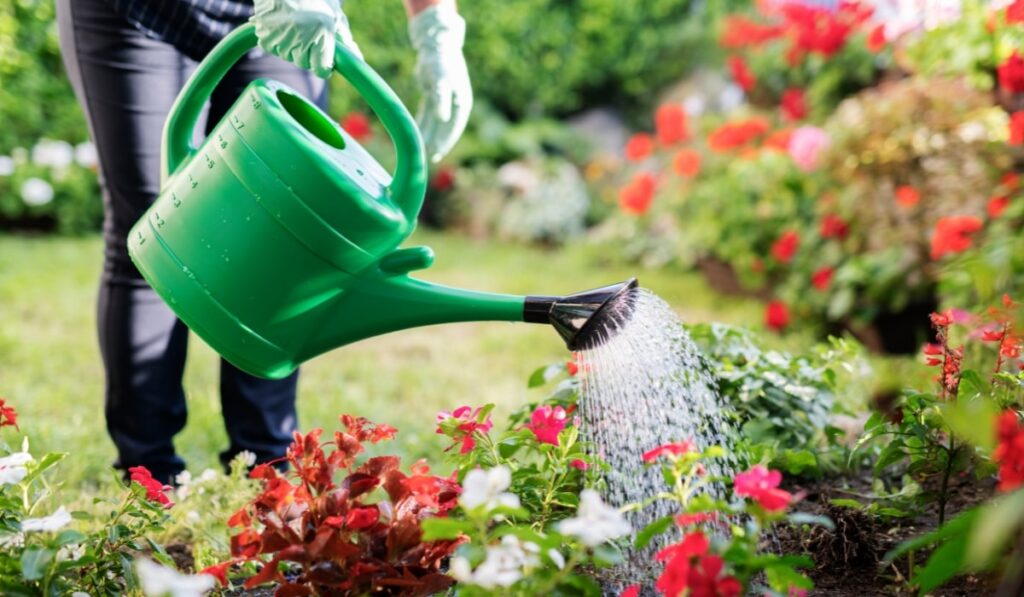
Gardening is a great way to beautify your home while also providing fresh produce. However, it can also be a significant source of water consumption. With water becoming an increasingly scarce resource, it’s important to find ways to conserve it. Water-saving tips for your garden can help you save water and reduce your water bill.
There are many ways to save water in your garden. One of the easiest ways is to choose plants that are well-suited to your climate and soil type. These plants will require less water and maintenance, saving you time and money. Another way to save water is to use mulch around your plants. Mulch helps to retain moisture in the soil, reducing the need for frequent watering.
In addition to these tips, there are many other water-saving techniques that you can use in your garden. From using drip irrigation systems to collecting rainwater, there are many ways to conserve water while still maintaining a beautiful garden. By implementing these tips and techniques, you can reduce your water consumption and help to protect this valuable resource.
Efficient Watering Practices
Understanding Soil and Plant Needs
One of the most important things to consider when it comes to efficient watering practices is understanding the soil and plant needs. Different types of soil have different moisture retention properties, which means that some soils will require more water than others. For example, clay soil tends to hold onto water for longer periods of time than sandy soil, which means that plants growing in clay soil will require less frequent watering.
Additionally, it’s important to consider the type of plants that are being grown in the garden. Native plants and drought-tolerant plants are great options for conserving water in the garden, as they are adapted to the local climate and require less water to thrive. On the other hand, plants that are not well-suited to the local climate will require more water to stay healthy.
Watering Techniques and Scheduling
Another important aspect of efficient watering practices is using the right watering techniques and scheduling. For example, morning watering is generally recommended as it allows plants to absorb moisture before the heat of the day causes evaporation. Deep watering is also important, as it encourages plants to develop deep root systems that can better withstand dry spells.
It’s also important to consider the timing and frequency of watering. Overwatering can lead to fungal diseases and runoff, which can be harmful to the environment. Gardeners should aim to water their plants only when necessary, and to avoid watering during periods of rain or high humidity.
Irrigation System Efficiency
For those who use an irrigation system, it’s important to ensure that the system is as efficient as possible. This can be achieved by using water-efficient emitters, installing a rain-shutoff device, and regularly checking and maintaining the system. Irrigation system controllers can also be used to schedule watering times and ensure that water is not wasted.
In addition to these tips, gardeners can also consider using rain barrels or other rainwater harvesting systems to save water in the garden. Mulching and composting can also help to conserve water and improve soil moisture retention. By following these water-saving tips and using efficient watering practices, gardeners can help to promote sustainability and conserve water in their gardens.
Sustainable Garden Design and Maintenance
Choosing the Right Plants
Choosing the right plants for a sustainable garden is crucial. Native plants, drought-tolerant plants, succulents, and perennials are great options for water-saving gardens. These plants require less water, are adapted to the local climate, and are more resistant to pests and diseases. Yucca and verbena are examples of beautiful and low-water-use plants that can thrive in a water-saving garden.
Mulching and Ground Cover
Mulching is an effective way to reduce water usage in the garden. Organic mulch such as lawn clippings, leaves, and compost can help retain moisture in the soil, prevent weed growth, and improve soil health. Ground cover plants such as creeping thyme, clover, or sedum also help to retain moisture and reduce erosion.
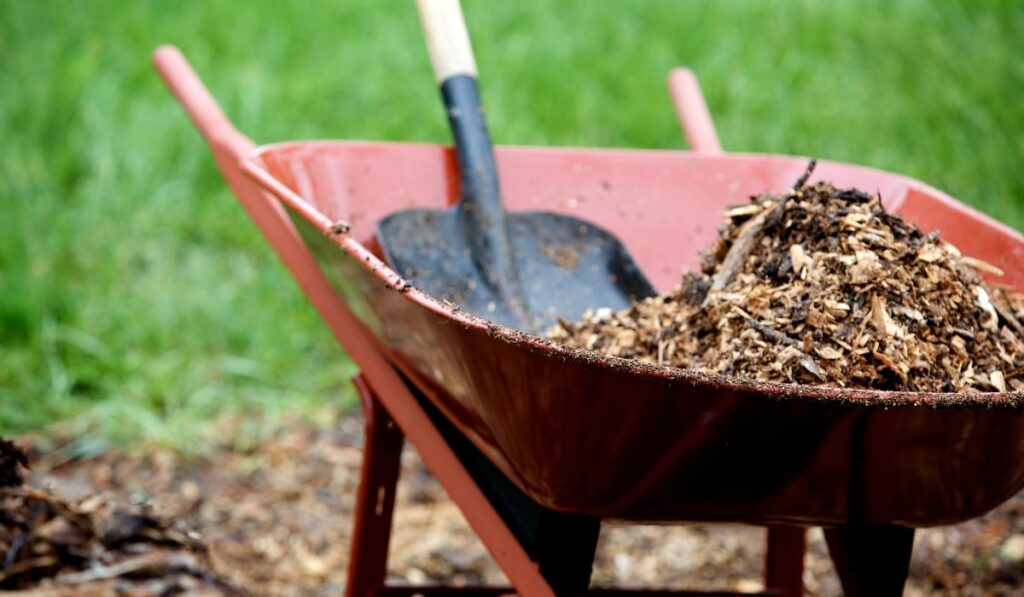
Alternative Water Sources and Collection
Using alternative water sources can be a game-changer for water-saving gardens. Rainwater harvesting is a great way to collect water for the garden. Installing a rain barrel or water tank can help to store and use rainwater for irrigation. Ollas are also a great way to save water. These clay pots are buried in the soil and slowly release water to the roots of the plants, reducing water waste and promoting plant growth.
By implementing sustainable garden design and maintenance practices such as choosing the right plants, mulching and ground cover, and using alternative water sources, gardeners can create beautiful and thriving gardens while conserving water and promoting sustainability.
Frequently Asked Questions
What are effective methods for reducing water usage in your garden?
There are several effective methods for reducing water usage in your garden. One of the most effective ways is to choose plants that are native to your region and are adapted to the local climate. These plants will require less water and maintenance compared to non-native plants. Additionally, using mulch around the plants can help retain moisture in the soil, reducing the need for frequent watering.
How can you conserve water when maintaining a vegetable garden?
To conserve water when maintaining a vegetable garden, it is important to water the plants deeply but less frequently. This encourages the roots to grow deeper and access water from lower layers of soil. Additionally, using drip irrigation or a soaker hose can help deliver water directly to the roots, reducing water waste. Using a rain barrel to collect rainwater can also provide a free source of water for your garden.
What are the benefits of watering plants early in the morning for water conservation?
Watering plants early in the morning is beneficial for water conservation because the cooler temperatures and lower wind speeds help reduce evaporation. Additionally, watering in the morning allows the plants to absorb the water before the heat of the day, reducing the risk of water stress.
What personal habit changes can lead to significant water savings in garden care?
Personal habit changes that can lead to significant water savings in garden care include using a broom instead of a hose to clean patios and driveways, fixing leaks in hoses and sprinklers, and using a bucket instead of a hose to wash cars. Additionally, reducing the frequency of lawn watering and using drought-tolerant plants can help save water.
How can you utilize greywater from showers and baths for gardening purposes?
Greywater from showers and baths can be utilized for gardening purposes by diverting the water to a holding tank or directly into the garden. However, it is important to use biodegradable and non-toxic soaps and detergents to avoid harming the plants. It is also recommended to use greywater for non-edible plants only.
What are the most efficient irrigation techniques for minimizing water waste in gardens?
The most efficient irrigation techniques for minimizing water waste in gardens include drip irrigation, soaker hoses, and micro-sprinklers. These methods deliver water directly to the roots of the plants, reducing water waste due to evaporation and runoff. Additionally, using a rain sensor or a smart irrigation controller can help adjust watering schedules based on weather conditions, further reducing water waste.





